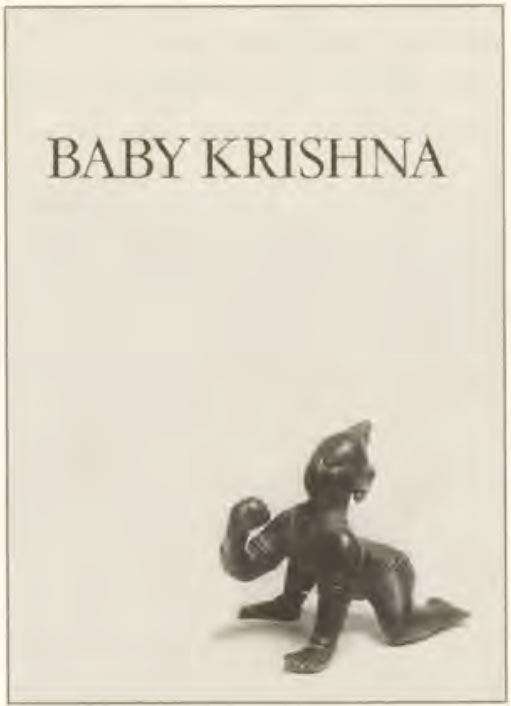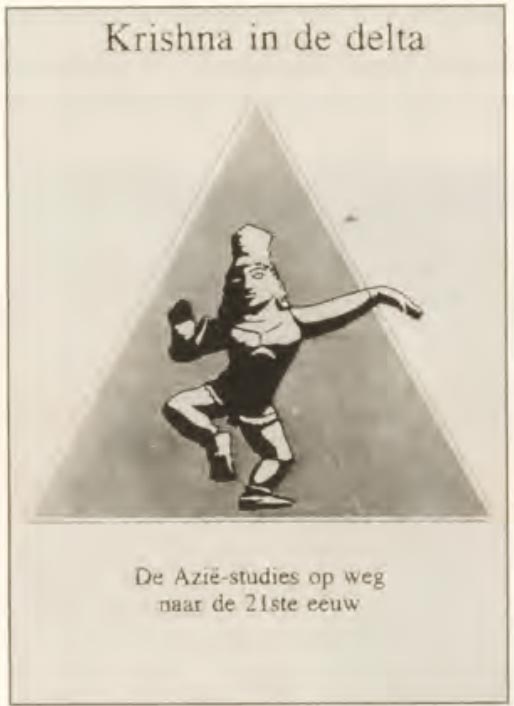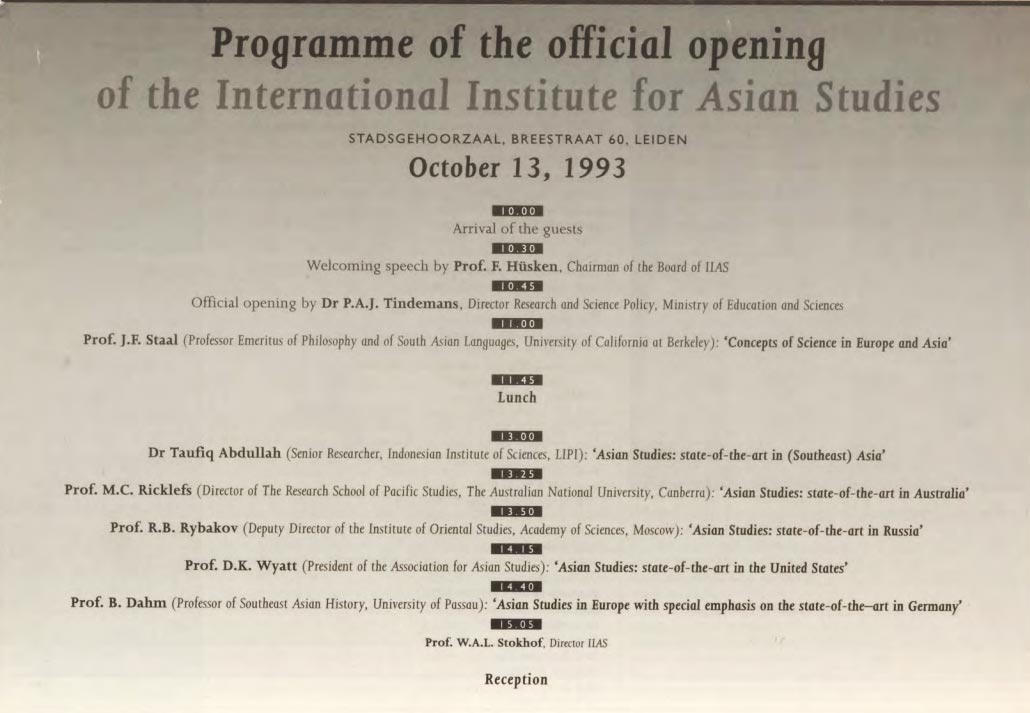The Creation of IIAS As Seen by One of Its Earliest Staff Members
At the beginning of the 1990s, the academic field of Asian Studies had reached rock bottom in Europe. The relationship between Asia and Europe in general was also at a low. At that time, awareness grew amongst a number of experts that this situation should be remedied. It was time for action.
A committee, headed by the Berkeley Professor of Indology Frits Staal, produced a report to the Dutch Government – Baby Krishna – which took a strong post-Orientalist stance [Fig. 1]. One of the recommendations of the report was to put in place a committee for the social sciences. That committee produced a second report: Krishna in the Delta [Fig. 2]. This report recommended the establishment of a European Institute for Asian Studies. After sounding out colleagues in France, Germany, and England, it was agreed that the Netherlands, with its relatively central position on the continent and its own longstanding Asian Studies tradition, should take the lead by hosting such an institute.

Fig. 1: Cover of the report Baby Krishna, produced by a committee headed by Frits Staal in the early 1990s. (Image from IIAS Newsletter, issue #1, p. 3)

Fig. 2: Cover of the report Baby Krishna in the Delta, which recommended the establishment of a European Institute for Asian Studies. (Image from IIAS Newsletter, issue #1, p. 3)
Founding of IIAS
The outcome of the two reports was defined in the Agreement on National Cooperation in Asian Studies, signed on January 8, 1993 by four founding Dutch institutions: the Royal Academy of Arts and Sciences (KNAW), the Free University Amsterdam (VUA), the University of Amsterdam (UVA), and Leiden University (LU). The parties agreed upon the following activities: (1) to set up and execute a post-doctoral programme for Dutch and foreign researchers; (2) to organize international scientific gatherings; (3) to act as a national centre for Asian Studies to improve international cooperation in the European context; and (4) to develop other activities in the field of Asian Studies, such as the publication of a newsletter and the establishment of a database, which should contain up-to-date information on current research in the field of Asian Studies. The ministry of education agreed to subsidise the institute for an undefined number of years, and the Ministry of Foreign Affairs added a two-year internationalisation budget. With this, the new institute was founded in 1993 [Fig. 3]. It was decided that it should be named ‘International Institute for Asian Studies’ and not ‘European,’ so as not to limit the range of its future activities. the academic field of Asian Studies in Europe was not only fragmented, but it remained fairly orientalist in its general outlook. The founding director of the institute, Wim Stokhof, understood that stressing the contemporaneity of Asia, especially in the post-Cold War context, was paramount for the realization of the ambition to become a facilitator for Asian Studies worldwide.

Fig. 3: Programme of the official opening of the International Institute for Asian Studies (IIAS) on October 13, 1993. (Image from IIAS Newsletter, issue #1, p. 1)
We were immediately gripped by the vibe of setting up such a new innovative institute. We all worked overtime. Very quickly, we established contacts throughout all Europe and, more importantly, amongst the large variety of institutes and organisations in Asia. Research programmes were soon set up which attracted talented fellows to join IIAS. We were regarded by our colleagues as the new kid on the block. The results of these feverish few years were soon recognised by a highly positive evaluation report produced by an independent international review committee in 1999. Its conclusion gives a good idea of IIAS’ burgeoning activities in the first five years of its existence and of its newly acknowledged role in the academic landscape:
“The committee [considers that the new] institute [has] attained a unique facilitating and informing role for Asian Studies in general, establishing national and international scholarly networks that are without parallel, both in institutional and intellectual terms. Its IIAS Newsletter, which contains information on all aspects of Asian Studies and has a circulation of almost 20,000 copies, is widely read and acknowledged as the only information vehicle of its kind. The IIAS has also pioneered new modes of dissemination via the World Wide Web.” 1
Paul van der Velde, IIAS, The Netherlands